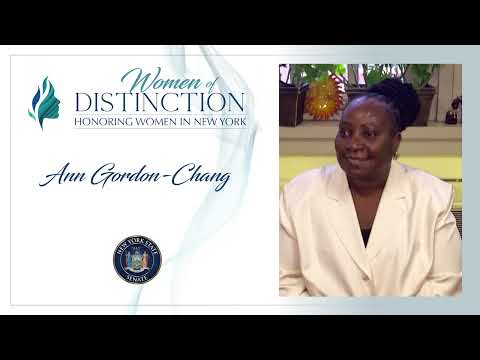
Inside the Albany gerrymandering machine: How N.Y. pols rig the game
The Daily News wrote about how Senate GOP is trying to manipulate the redistricting process for its own political benefit. This is simply politics at its worst and must not be tolerated.
Here is how Republicans in the state Senate talk about redrawing district lines when they think no one is paying attention:
They loosely refer to black and Latino communities on Long Island as "politically undesirable areas."
They strategize about the best way to "strengthen the Long Island delegation" of nine Republicans.
They angle to create low-population or "light" districts upstate to maximize the number of GOP senators.
And their decision about creating a particular district comes down to a judgment about whether it will be "a Republican pickup."
These crassly political statements were not overheard on a wiretap. They weren't loose talk over beers. No, they come straight out of an internal memo, written on government letterhead by a government employee intimately involved in the nitty-gritty of redistricting.
The little-noticed document was written in 2001 and became public in 2003. But Senate Democrats are circulating it now because it's obvious that nothing has changed since then.
First, memo author Mark Burgeson still works as a "demographic research analyst" for the Senate side of the Legislative Task Force on Reapportionment.
Second, the man Burgeson wrote it to - Sen. Dean Skelos, then the task force co-chairman - has since moved up the ladder to majority leader.
So now that Skelos (R-Nassau) is running the show, will he disavow his past participation in gerrymandering? Will he promise to do things differently this time?
"As we've said before, we're committed to a redistricting process that's bipartisan, transparent and fair," was pretty much all Skelos spokesman Scott Reif had to say yesterday. He declined to comment on the memo.
Which is just as well, because its contents are impossible to explain away.
Burgeson was laying out the pros and cons of adding two extra seats to the Senate. Republicans had already planned on adding one, for a total of 62, and Burgeson was contemplating a 63rd.
This should have been a cut-and-dried decision driven by straightforwardly applying constitutional rules to head counts from the census. As the memo makes plain, however, the Senate GOP was eagerly manipulating the process for its own gain.
"The only reason to go to 63," Burgeson wrote, "is to strengthen the Long Island delegation by combining politically undesirable areas in the extra district."
Translation: If we can pack Latinos and blacks, who vote Democratic, into one district, it might make it easier for neighboring Republicans to get reelected.
Read the full article here.



